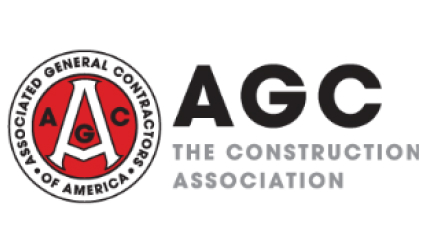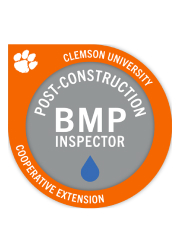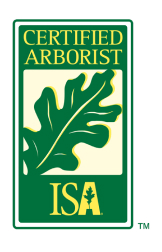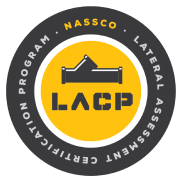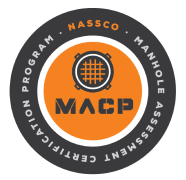Bioretention

Navigating Stormwater Services
Bioretention refers to the treatment of stormwater naturally by filtering runoff through a vegetated system, so it can infiltrate deep into the ground or discharge slowly to a drainage system. Using a nature-based solution, like a bioretention system, removes a variety of pollutants from stormwater and increases favorable groundwater recharge.
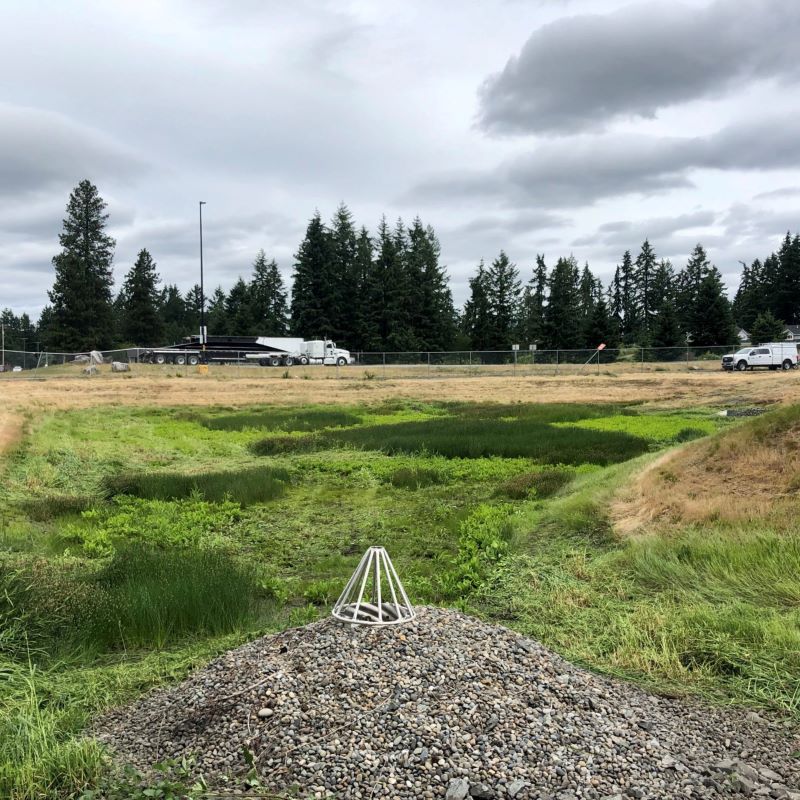
Implementing Bioretention Practices
Land development sites that have large areas of impervious surfaces are ideal places for a bioretention stormwater management system. Common applications for bioretention areas include green spaces, parking lot islands, median strips and traffic islands. A bioretention area is often a feasible retrofit that can be accomplished by replacing existing parking lot islands or by reconfiguring a parking lot during resurfacing.
Types of Bioretention
We construct bioretention systems designed to mimic pollutant removal mechanisms within natural ecosystems that slow and treat stormwater runoff. Each bioretention area consists of multiple layers of pollutant removal mechanisms, that intercept water running off your pavement and collect the various pollutants within the runoff. Mechanisms such as settling, filtration through a sand bed or engineered media, uptake by native and non-invasive vegetation and shallow ponding filter the pollutants out and allow the water to be evenly distributed into the surrounding soil.

Through meticulous planning, seamless coordination and technical expertise our AQUALIS engineers addressed the immediate stormwater challenges and laid the groundwork for long-term environmental resilience.

Follow a recent municipal example of implementing a Green Infrastructure Comprehensive Plan, from modeling and evaluating the need and location for GI, through design and funding, to planning and scheduling for maintenance.
Benefits of Bioretention
Bioretention systems provide water protection, water conservation and stormwater quality benefits. Some of the benefits of a bioretention system management include:
- Efficient And Effective Pollutant Removal
- Reduction Of Runoff
- Groundwater Recharge
- Increased Water Quality and Biodiversity
- Creates Greenspace and Improves Site Aesthetics
- Increased Biodiversity
- Flexibility In Design Layout and Scale
- Good Option for Retrofit of Existing Infrastructure
- Relatively Low Maintenance
- Less Costly to Design, Install and Maintain Compared to Other Stormwater Systems

Properly Managing Stormwater
AQUALIS provides development, implementation and restoration beginning with a thorough site assessment to analyze existing conditions. Utilizing hydrologic calculations, our Engineering Services Division can best understand the water flow and movement before and after implementation. Working directly with local regulators, AQUALIS will ensure your project complies with local and federal regulations while securing funding. Following best practices, regular inspections and testing and developing a long-term Operations and maintenance agreement ensures your project properly manages stormwater for years to come.
Additional Green Infrastructure
An alternative stormwater control measure that closely emulates a naturally occurring wetland therefore improving our water bodies.
A vegetated channeled depression or trench that captures and infiltrates stormwater runoff before it enters a stormwater drainage system.
A type of bioretention that is best suited for smaller sites to treat stormwater runoff.
Zones located along river banks that provide important habitats for wildlife, limit erosion and help to mitigate flooding events.
An alternative to traditional asphalt or concrete, permeable or porous pavement materials are designed to allow water flow around them into a stone media, or through the pavement.
An alternative to traditional roofs, green roofs incorporate areas traditionally underutilized for stormwater management, through capture, storage and evapotranspiration of stormwater.
The design and use of plants native to the site location as a long-term sustainable solution to manage rainwater and stormwater runoff.
Applied to improve soil performance, increase water absorption to allow vegetation to develop a desirable deep and healthy root system, and mycorrhizal network development.
A series of bioretention step-pools designed atop a porous stone media bed, to convey, control and treat stormwater runoff while protecting site soils from erosion.
An operation and maintenance plan details the necessary training, management, budgeting and maintenance requirements to successfully operate GSI, vegetation and stormwater systems.
Media filtration system used to treat stormwater runoff and improve water quality.
Remediating Bioswales- Salisbury, Md.
During construction and site planning, designers created and installed bioretention cells to encourage the stormwater to return to and recharge the ground. During a regular inspection, the City of Salisbury found the bio cells in disrepair and issued a Notice of Violation (NOV) to the property owner






